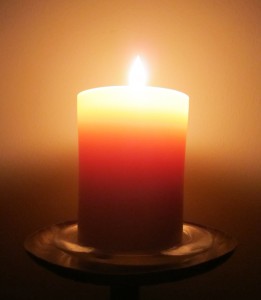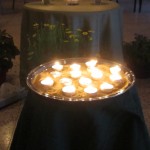After a flight into Maryland and a 625-mile drive to Columbia, South Carolina, I was ready to experience the total solar eclipse on August 21 with two of my daughters, a friend, and extended family. A long trip that was more than worth every mile.
Predictions of thunderstorms at our intended viewing site initiated a quick change of plans. Instead of driving from our hotel in Murrells Inlet to nearby Georgetown, we went to Columbia and met with my niece and her family who were hoping for good weather there for the event.
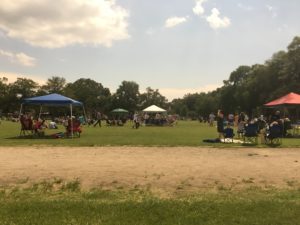
PHOTO: Mary van Balen
By 12:45 pm we headed to a nearby middle school with a large, open athletic field, and set up our chairs under the shade of a covered walkway. Slowly more people arrived with chairs and pop-up canopies. Some brought picnic lunches and spread blankets under the few trees edging the field. Others tossed baseballs or threw Frisbees, or just sat and chatted.
When first contact occurred at 1:29, everyone stopped what they were doing, put on their eclipse glasses, and watched as the black moon began to slide over the sun. We moved in and out of the field for the next hour mesmerized by the beauty, marveling at the power of the sun that even as it was disappearing behind the moon, kept the air hot and the light bright.
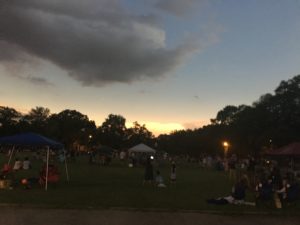
PHOTO: Mary van Balen Darkening sky during the totality
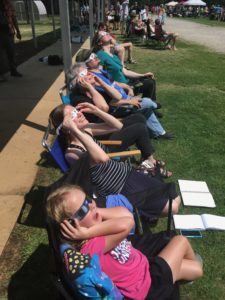
By 2:30, voices lowered, balls and frisbees were forgotten. The temperature had dropped and the sky was darkening.
People moved into the field. Standing or sitting, you could feel the crowd holding it’s breath.
Excitement built as the sliver of sun became thinner, thinner, and suddenly my glasses went black. I pulled them off and saw the sun’s corona blazing out behind the black moon.

PHOTO: NASA taken by Dominic Hart at the Oregon State Fairgrounds August 21, 2017
People applauded, shouted, gasped, laughed, and cried. Some stood in awed silence before the magnificent sight. I did them all and hugged my daughters, grateful to be sharing the moment with them. Words can’t communicate the experience. It was profoundly moving, stirring something elemental deep within.
Together, the sun and moon, spoke truth: Remember, you are part of something beyond anything you can imagine; you are creatures on a tiny planet in the vast universe.
For two minutes and thirty seconds we were one people, standing together, not in Columubia, not in the United States, but on earth. Boundaries and current national and worldwide issues lost their power to divide. For two minutes and thirty seconds.
Then it was over. Some lingered to watch the moon complete its transverse of the sun. Eventually, people carried their chairs and coolers back to their cars and left.
Driving long hours back to our hotel, we shared our thoughts. Words continued to fall short, though we tried: amazing, awesome, unbelievable, overwhelming, beautiful, unforgettable, stunning….
In moments of silence, I wondered if the powerful event would change some who experienced it? Will we remember and embrace an expanded vision of who we are and how we live? Of this planet and the people we share it with? Of the Mystery who is the Source of all?

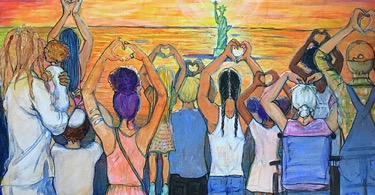
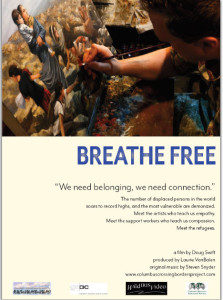
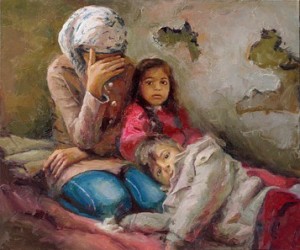
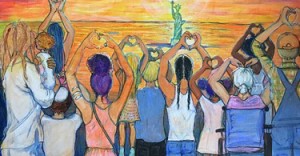
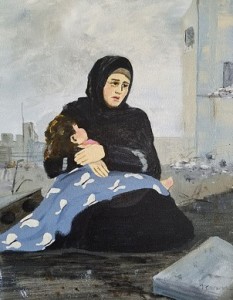
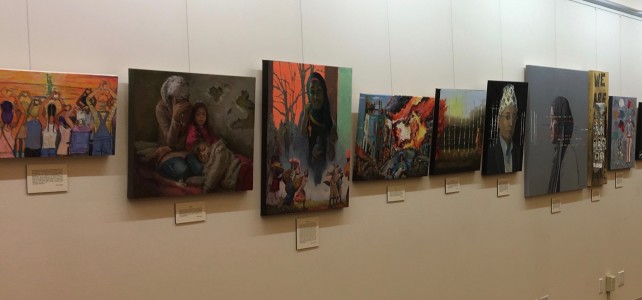
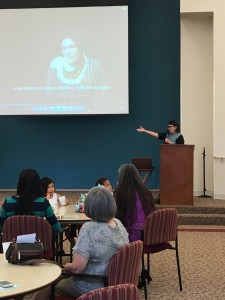
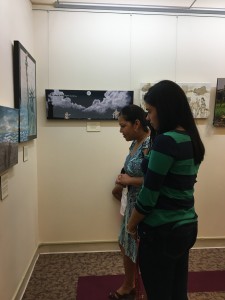
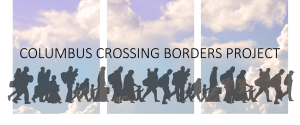
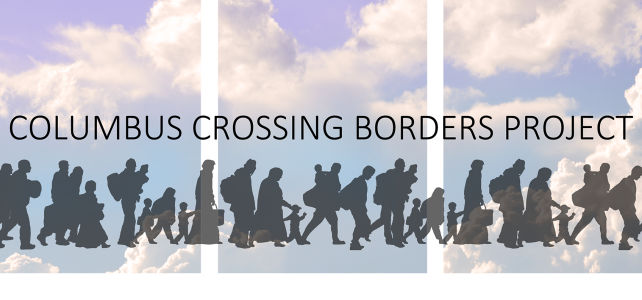
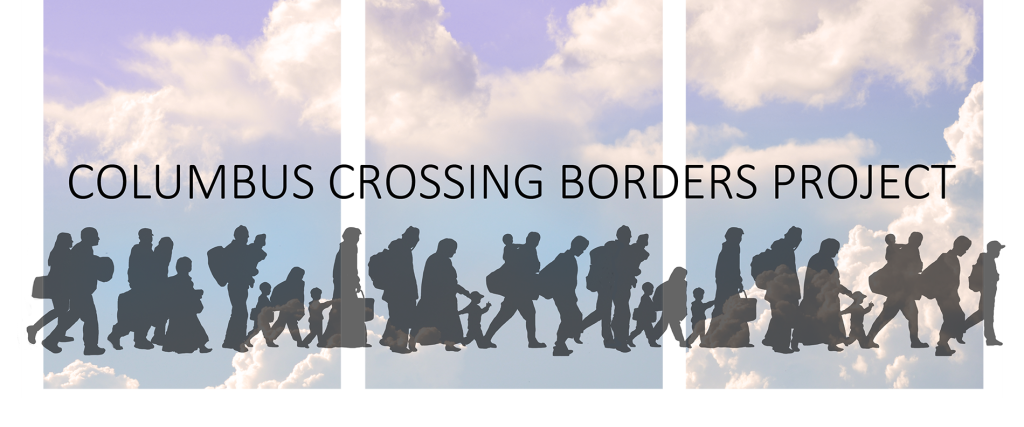 The
The 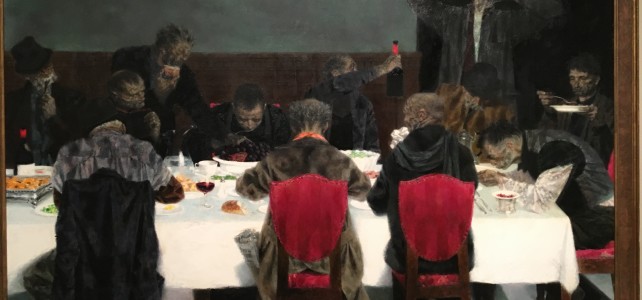

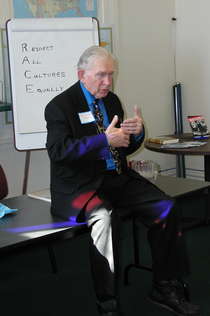
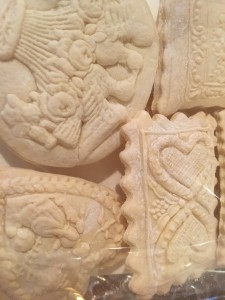
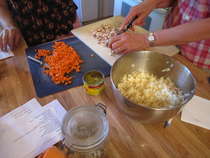
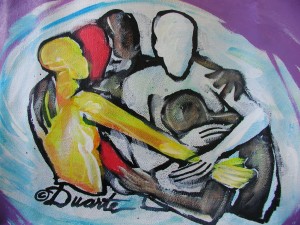
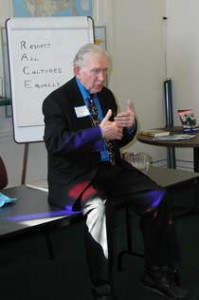
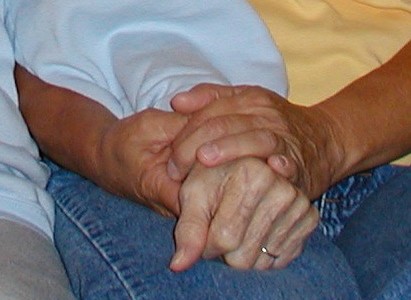
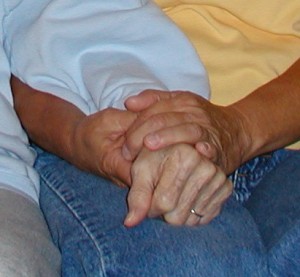
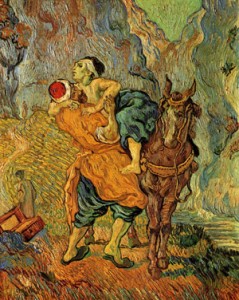
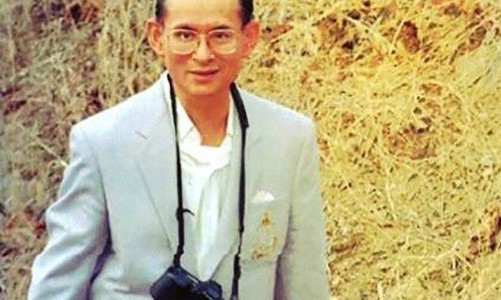
 I wore my yellow “king shirt” on Friday. No one noticed, but I wore it to remember and honor the beloved King Bhumibol Adulyadej of Thailand who died the day before at the age of 88, after 70 years on the throne. Thailand has lost their king. The world has lost a good man.
I wore my yellow “king shirt” on Friday. No one noticed, but I wore it to remember and honor the beloved King Bhumibol Adulyadej of Thailand who died the day before at the age of 88, after 70 years on the throne. Thailand has lost their king. The world has lost a good man.
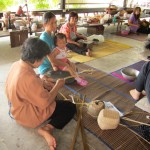
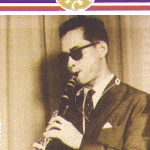 King Bhumibol was a man of many talents (a jazz musician who jammed with Benny Goodman among others, composer, designer, builder, and racer of sailboats, painter, author, and engineer) and holds patents for inventions including a water aerator and rainmaking technology. He encouraged farmers to replace crops of drug-producing poppies with more beneficial crops and oversaw thousands of rural development initiatives including small dams and irrigation projects that improved the lives of ordinary people.
King Bhumibol was a man of many talents (a jazz musician who jammed with Benny Goodman among others, composer, designer, builder, and racer of sailboats, painter, author, and engineer) and holds patents for inventions including a water aerator and rainmaking technology. He encouraged farmers to replace crops of drug-producing poppies with more beneficial crops and oversaw thousands of rural development initiatives including small dams and irrigation projects that improved the lives of ordinary people.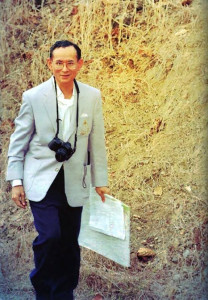 King Bhumibol received the first UNDP Human Development Lifetime Achievement Aw ard presented by then UN Secretary-General Kofi Annan for his “…extraordinary contribution to human development” through continuous efforts to help Thailand’s poor and vulnerable people. (Other awards included the Philae Medal from UNESCO, a World Health Organization plaque for leadership and example in the area of public health, and the first Dr. Norman E Borlaug Medallion from the World Food Prize Foundation for his efforts to alleviate starvation and poverty.)
King Bhumibol received the first UNDP Human Development Lifetime Achievement Aw ard presented by then UN Secretary-General Kofi Annan for his “…extraordinary contribution to human development” through continuous efforts to help Thailand’s poor and vulnerable people. (Other awards included the Philae Medal from UNESCO, a World Health Organization plaque for leadership and example in the area of public health, and the first Dr. Norman E Borlaug Medallion from the World Food Prize Foundation for his efforts to alleviate starvation and poverty.)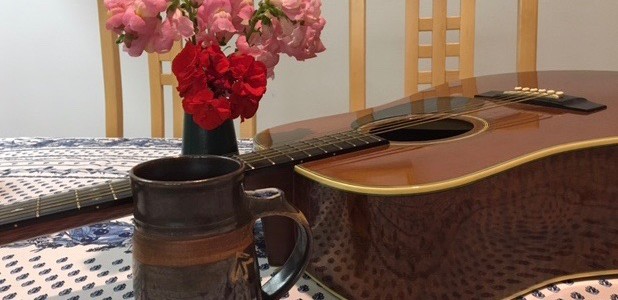
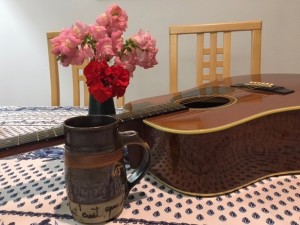 Originally published in The Catholic Times, October 16, 2016
Originally published in The Catholic Times, October 16, 2016